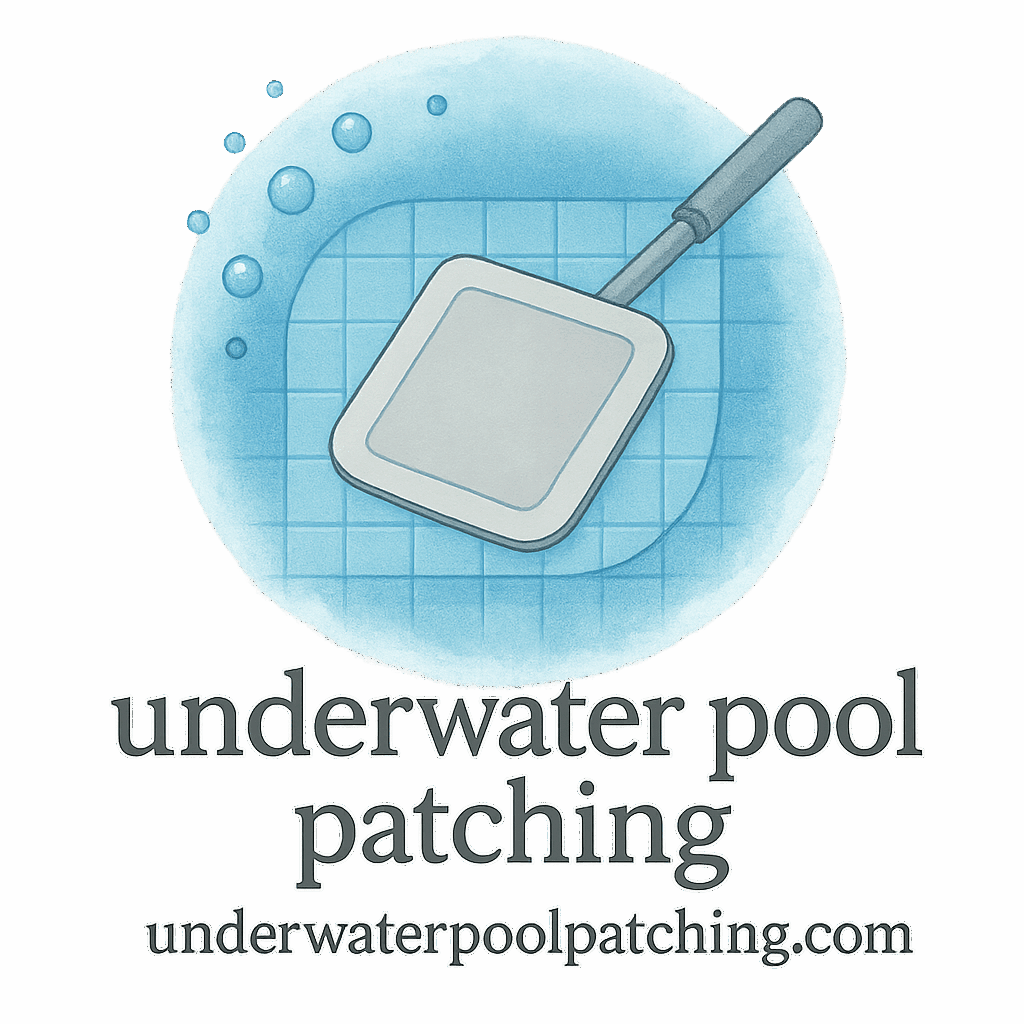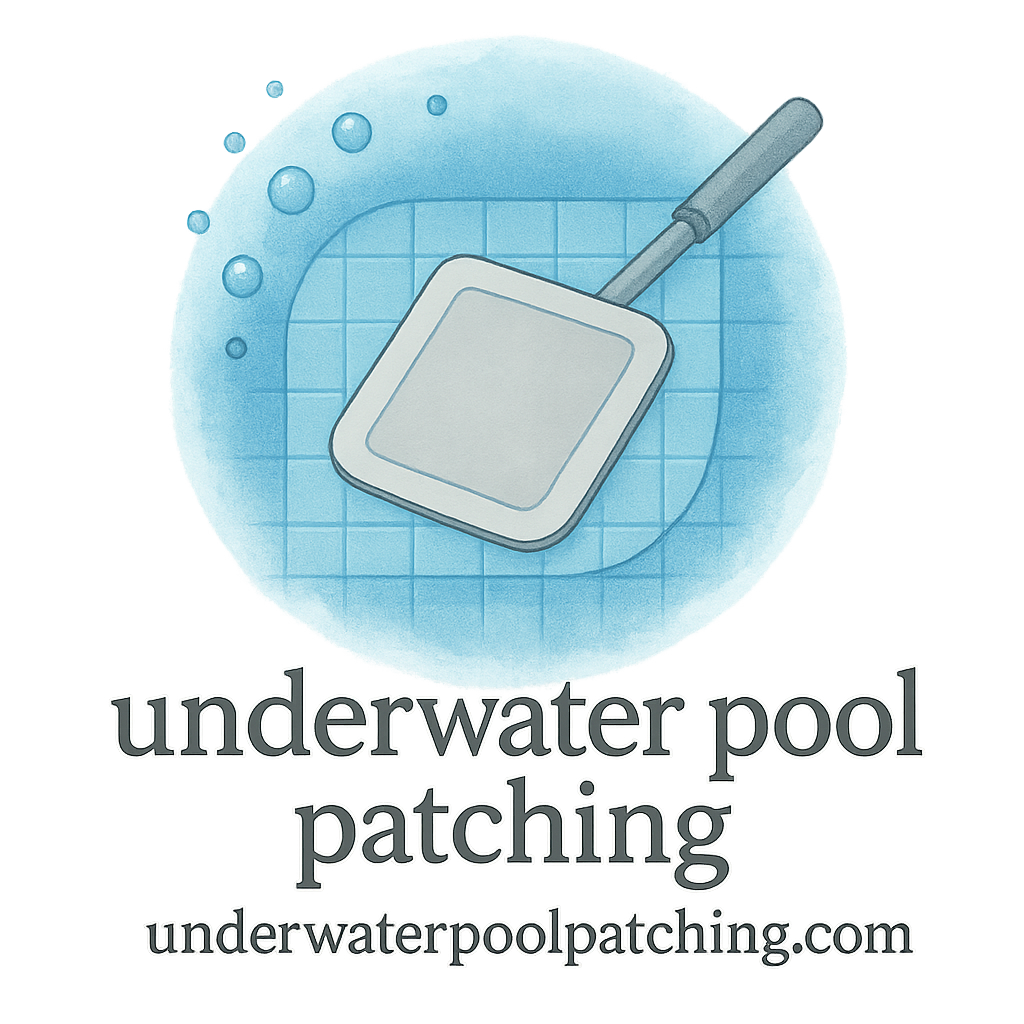Why Weather Matters in Pool Maintenance
Let’s be real—your swimming pool doesn’t exist in a bubble. It lives outside, fully exposed to the elements. Whether you’re fixing a small leak, applying a fresh patch, or simply running routine pool maintenance, the weather around you will always have a say in how well the job holds up. Ignoring weather conditions is like painting a wall in the rain—it just doesn’t stick.
That’s why understanding application tips for pools under different weather factors is crucial. The right timing saves money, keeps your pool looking pristine, and prevents costly repairs down the road.
Factor 1: Temperature and Pool Applications
How High Temperatures Impact Application Tips for Pools
Hot weather speeds up chemical reactions. That sounds good until you realize adhesives, sealants, and epoxies might cure too fast. When this happens, you risk uneven patching or poor bonding. On scorching days, always work in smaller sections and keep patching materials shaded before application.
Want to go deeper into materials? Check out patch types and materials for better choices under heat.
Cold Weather Challenges in Pool Repair
Cold snaps slow curing to a crawl. Imagine gluing something in your garage during winter—it feels like forever. The same applies to underwater pool patches. If water or air temperatures drop too low, adhesives won’t bond effectively. Using cold-resistant repair techniques becomes essential here.
Factor 2: Humidity Levels
Moisture’s Role in Adhesion and Patching
Humidity doesn’t just mess with your hair; it messes with your pool repairs too. Excess moisture in the air can prevent adhesives from setting properly, especially when patching tiles or vinyl liners.
Best Practices for Application in Humid Conditions
When humidity soars, always extend drying times and double-check adhesion. For a thorough process, run a diagnosis before sealing to avoid hidden weak spots.
Factor 3: Wind Speed and Direction
Wind and Its Effect on Pool Chemical Applications
Ever tried spraying something outside on a windy day? Half of it ends up everywhere else. The same happens when applying chemicals to your pool. Strong winds blow debris and dust right into freshly patched areas.
Practical Application Tips for Pools in Windy Areas
Work during calm weather, early mornings, or late evenings. If unavoidable, shield the pool with temporary barriers. This simple step saves you from costly patch repair redo jobs.

Factor 4: Rainfall and Storm Conditions
Applying Pool Repairs Before or After Rain
Rainfall is one of the trickiest weather factors. If you patch right before rain, water may wash away curing materials. If you patch immediately after, excess water in cracks can prevent bonding. Timing is everything.
Protecting Fresh Pool Patches from Rain Damage
Cover patched areas with waterproof sheets if unexpected rain hits. For professional-grade strategies, explore guides on cost budgeting to plan around weather delays.
Factor 5: Sunlight and UV Exposure
UV Effects on Pool Patch Materials
UV rays are relentless. Over time, they break down adhesives and weaken the lifespan of patches. Even the toughest epoxy starts to crumble under constant sunlight.
How to Apply Sealants Under Direct Sun
If shade isn’t available, work in intervals. Apply sealants in smaller amounts, smooth quickly, and cover with protective tarps. The edge finish you achieve under controlled sunlight will always last longer.
Factor 6: Seasonal Shifts
Summer Pool Applications
Summer is peak pool season, but it comes with challenges: evaporation, algae growth, and high bather loads. Apply treatments in the early morning to maximize effectiveness before the sun kicks in.
Winterizing Pools: Application Tips You Need
Winterizing isn’t just about covering the pool. It’s about sealing small cracks, fixing leaks, and preventing freeze damage. Following a maintenance plan ensures you’re not surprised by costly spring repairs.
Factor 7: Atmospheric Pressure
Why Pressure Affects Leak Detection
Changes in atmospheric pressure influence water levels and make leak detection tricky. On low-pressure days, small leaks may appear worse than they are.
Using Pressure Tests for Better Pool Repair Applications
Running a pressure test before applying patches ensures accuracy. This step saves you from misdiagnosis and unnecessary fixes.
Factor 8: Local Climate Variability
Application Tips for Pools in Tropical Climates
Tropical regions bring frequent rain and humidity. Application tips for pools in these areas revolve around timing—schedule repairs during dry spells and use fast-curing patching materials.
Pool Repairs in Dry and Arid Conditions
Arid climates cause faster evaporation. This impacts both pool water levels and curing times. Using flexible materials that resist cracking is key here.
Factor 9: Storms, Hurricanes, and Extreme Weather
Preparing Your Pool for Extreme Weather
Extreme weather isn’t just bad news for your backyard—it can devastate pool structures. Pre-storm application tips for pools include sealing vulnerable joints, securing liners, and inspecting for weak points.
Application Timing After Severe Conditions
Never rush into repairs right after a storm. Let debris settle, test for hidden leaks, and carry out a diagnosis before applying any fix.
Pro Pool Application Tips Across All Weather Conditions
Inspection and Diagnosis Before Every Repair
Skipping inspections is like skipping warm-ups before a workout—you’ll regret it later. Start every repair with an inspection and diagnosis to avoid missing hidden issues.
Choosing the Right Patch Materials
Not all patches are created equal. Epoxies, vinyl patches, and cement-based materials all respond differently to weather. Explore patching techniques to match materials with conditions.
Preventive Maintenance for Long-Term Savings
Why wait for cracks when prevention costs less? A solid maintenance plan paired with routine checks extends patch life and helps you save.
Conclusion
Weather is the invisible hand that decides whether your pool patching succeeds or fails. From temperature and humidity to storms and seasonal changes, each factor influences the durability of your repairs. By following application tips for pools tailored to different weather conditions, you’ll stretch your budget, extend patch life, and keep your pool sparkling all year round.
For more expert resources, explore Underwater Pool Patching and dive into everything from money-saving strategies to restoration tips.
FAQs
1. Can I apply pool patches in the rain?
Not recommended. Rainwater interferes with adhesion. Always wait for dry conditions before applying patches.
2. What’s the best season for pool repairs?
Spring and early summer are ideal since weather is stable, and you can prep before heavy pool usage.
3. Do UV rays damage underwater pool patches?
Yes, prolonged exposure weakens adhesives. Using UV-resistant epoxy helps extend patch life.
4. How does humidity affect application tips for pools?
High humidity delays curing and weakens bonding. Always extend drying times when moisture levels are high.
5. Should I drain my pool before patching during cold weather?
Not always. Specialized underwater patching techniques allow effective repairs without draining.
6. How do storms affect long-term pool maintenance?
Storms bring debris, leaks, and structural stress. Post-storm inspection is essential to catch hidden issues.
7. What’s the most cost-saving way to handle weather challenges?
Plan around weather forecasts, use durable materials, and follow a regular maintenance plan. This cuts down emergency repair costs.


